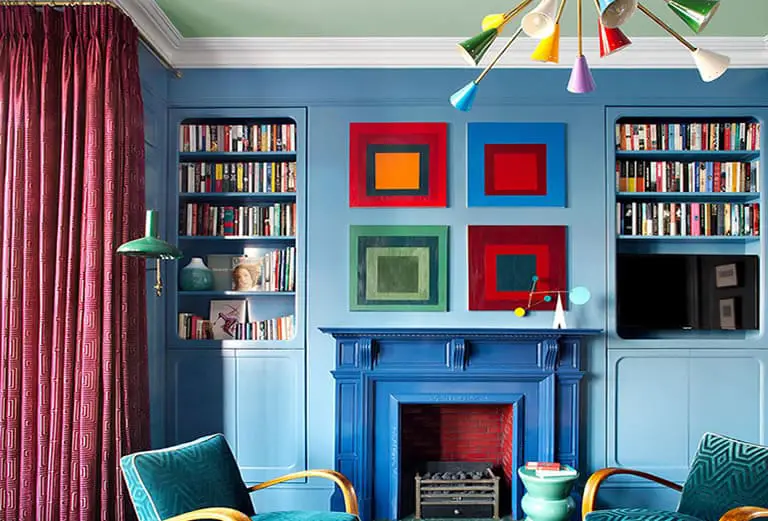Are you ready to transform your living space into a stunning masterpiece of color and style? Wall paint is your canvas, and with the right hues, you can create an atmosphere that reflects your personality and suits each room’s purpose.
Contents
Wall Paint Perfection
In this guide, we’ll explore the art of using wall paint to enhance your home’s aesthetics, offering valuable tips for matching colors and making informed choices.
The Power of Paint
Painting your home is like painting a picture.
The colors you choose can influence your mood, affect the perception of space, and create a cohesive look throughout your house.
Whether you’re starting from scratch or looking to refresh your interiors, a fresh coat of paint can work wonders.
Matching Colors with Purpose
Serene Bedrooms
Your bedroom is a sanctuary for rest and relaxation.
Soft, cool colors like calming blues, gentle greens, or tranquil grays are ideal choices.
These shades promote a sense of serenity, making them perfect for your private oasis.
Consider pastel hues or muted tones for a soothing ambiance.
Energetic Living Spaces
Living rooms are where you entertain guests and spend quality family time.
Warm, inviting colors such as warm neutrals, rich earthy tones, or bold reds and oranges can infuse energy and warmth into the space.
Use these colors for feature walls or accents to create a cozy atmosphere.
Productive Home Offices
In a home office, productivity is key.
Opt for shades like soft blues, greens, or muted grays to foster concentration and focus.
These colors can help you stay on track and create a serene workspace that inspires creativity.
Tips for Perfect Color Harmony
Create a Color Palette
Begin by selecting a base color for each room and build your palette around it.
Consider the furniture and décor you already have, as well as the mood you want to convey.
Test Paint Samples
Before committing to a color, always test paint samples on your walls.
Lighting and room size can affect how a color appears, so it’s crucial to see it in your space.
Use Color Wheel Rules
The color wheel is your friend when it comes to color harmony.
Complementary colors (opposite on the wheel) create contrast, while analogous colors (next to each other) offer a more harmonious blend.

The Impact of Lighting
Natural Light vs. Artificial Light
Consider the type of lighting in each room.
Rooms with abundant natural light can handle bolder colors, while rooms with limited natural light may benefit from lighter shades to prevent a closed-in feeling.
Lighting Fixtures
The color of your lighting fixtures can affect how your wall paint appears.
Warm-toned fixtures complement warm wall colors, while cool-toned fixtures work well with cooler shades.
Finishing Touches
Texture and Finish
Experiment with different paint finishes (e.g., matte, satin, gloss) to achieve the desired texture and sheen for each room.
Matte finishes are great for concealing imperfections, while gloss adds a touch of glamour.
Accent Walls
If you’re not ready to commit to a full room makeover, consider creating an accent wall with a bold or contrasting color.
This can instantly revamp your space and make a dramatic statement.
In Conclusion
The art of using wall paint to transform your home is a creative and rewarding endeavor.
By understanding the psychology of colors and following these tips, you can create a harmonious and visually appealing living environment that reflects your unique style.
So, grab your paintbrush and let your imagination run wild—it’s time to paint your way to a more beautiful home!

